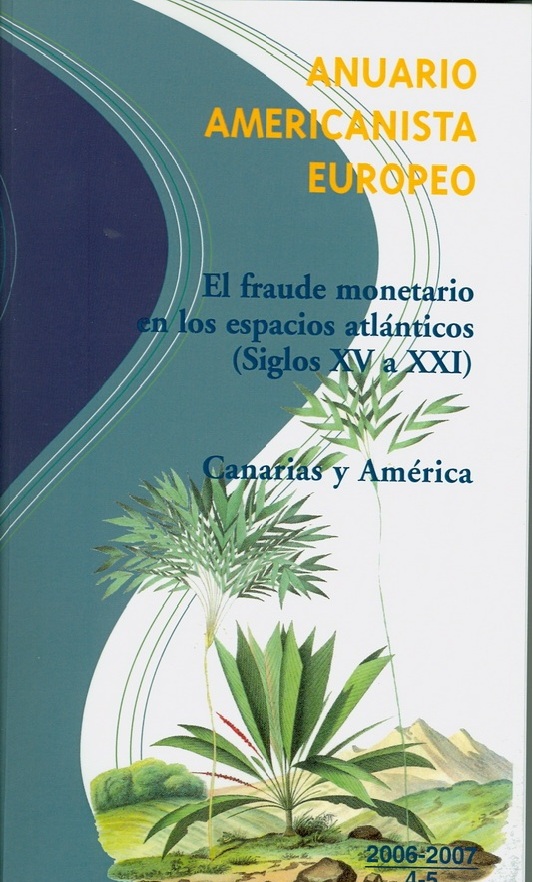Building the Mercosur Parliament: integration on European patterns?
Résumé
The presidents of Mercosur member states signed in December 2005 the Constitutive Protocol of the Mercosur Parliament (Parlasur). The new assembly was officially installed in December 2006 and began its work sessions in May 2007. Although the Parliament‟s functions and competences are not large in comparison to national chambers, it will be formed through directly elected representatives, its composition relatively proportional to the population of each member state and the organization of the parliamentary work should rely on political groups rather than on nationality. Where do these features come from? How should one interpret the creation of a parliamentary assembly within an organization that aims to constitute no more than a common market? This paper underlines the role of European regionalism in the rise of the Mercosur Parliament. Considering the frequent and close contacts established between parliamentarians from European Union (EU) and Mercosur, it is analyzed how the EU worked as a model to Parlasur builders. This argument is based on the ideational approach to political analysis proposed by Goldstein and Keohane (1993). Although it presents some risks and limits, neglecting the role of ideas in political actions would miss an important component of the political world (Hall, 1989:362). In moments of institutional change, the availability of certain ideas may be crucial to the final political outcome. Ideas seem also to have a particular significance in mimetic mechanisms, for they include not only exportation but also importation policies. If the process of reproducing political institutions requires both an active promotion by the model producers and a demand from the importers, its understanding may require the combination of interests and institutional adaptation with received or incrusted ideas. The article proceeds as follows. The first section provides the theoretical bases for the analysis through a brief literature review regarding the role of ideas in politics. The second section applies these criteria to the historical development of Parlasur, trying to identify moments and features which define the influence of the European ideal. It is based mainly on newspaper reports and public minutes of meetings containing relevant political declarations of the actors involved in the Parlasur project. The last section presents some reflections on the use of the European model in Mercosur. Does it fit the needs of this particular region? The analysis of the role of Parlasur in the last political crises which Mercosur has gone through provides insightful elements in this regard.
Origine : Fichiers produits par l'(les) auteur(s)

